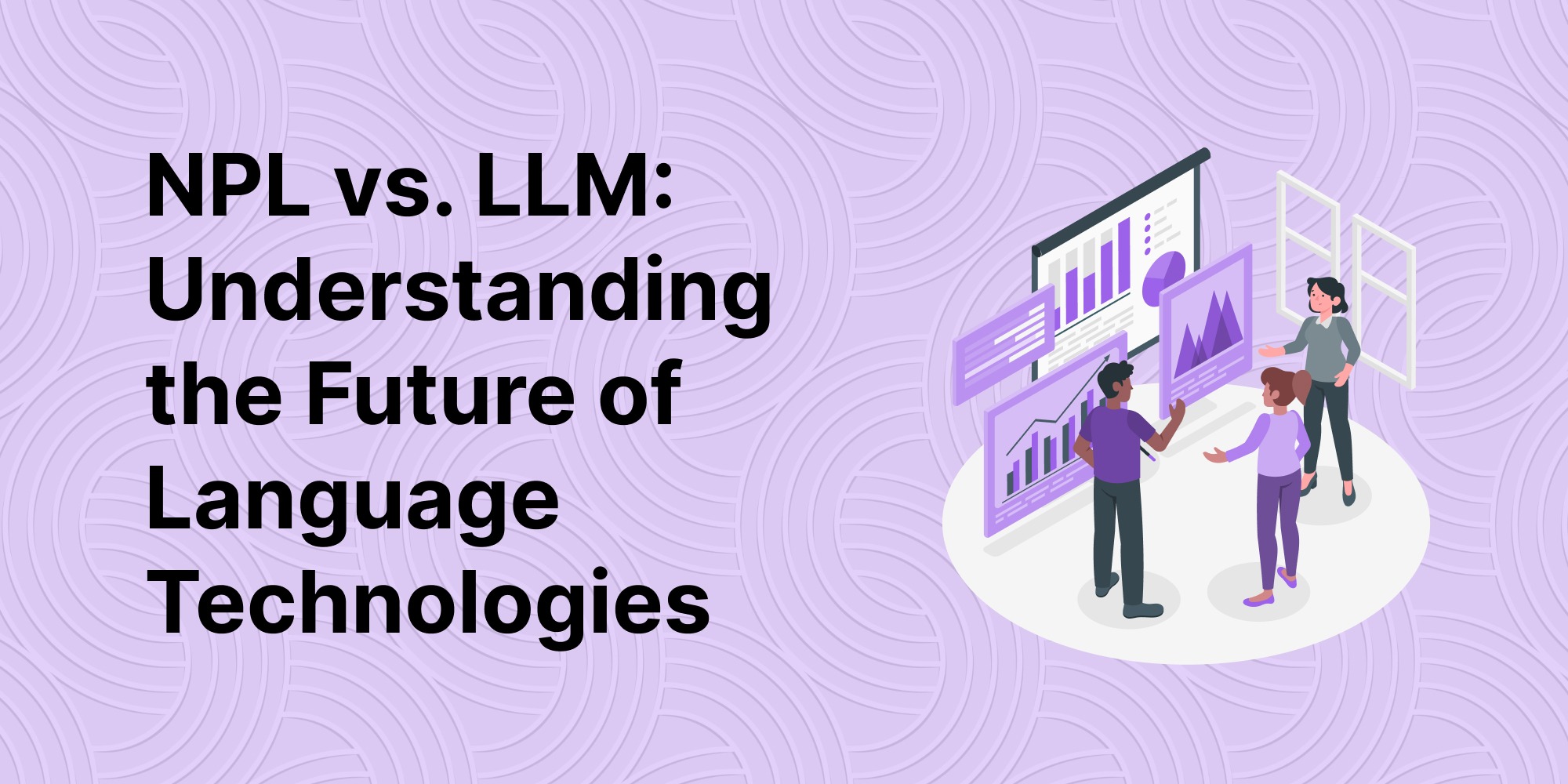As the world of artificial intelligence continues to expand, two acronyms often dominate the conversation in the realm of language processing: NPL and LLM. While they may sound similar, understanding the distinction between the two is essential for businesses, developers, and tech enthusiasts aiming to leverage AI’s full potential.
In this article, we’ll explore what Natural Language Processing (NLP) and Large Language Models (LLMs) are, how they differ, their individual strengths, and how they intersect in the rapidly evolving landscape of language AI.
What is NLP (Natural Language Processing)?
Natural Language Processing is a field of AI focused on the interaction between computers and human languages. It combines computational linguistics, machine learning, and deep learning to allow machines to read, understand, and generate human language.
Common Applications of NLP:
- Sentiment Analysis
- Machine Translation (e.g., Google Translate)
- Speech Recognition (e.g., Siri, Alexa)
- Chatbots
- Information Retrieval
- Named Entity Recognition (NER)
NLP encompasses a wide variety of tasks such as parsing, tokenization, stemming, and semantic analysis.
What is an LLM (Large Language Model)?
Large Language Models are a subset of NLP. LLMs like OpenAI’s GPT-4, Google’s PaLM, and Meta’s LLaMA are trained on vast datasets to understand and generate human-like text.
They use deep learning, specifically transformer-based architectures, to process language. What makes them unique is their scale: LLMs have billions (even trillions) of parameters, enabling them to generate highly coherent and context-aware text.
Capabilities of LLMs:
- Conversational AI
- Content Generation
- Code Writing
- Summarization
- Question Answering
- Language Translation
LLMs go beyond traditional NLP systems in their ability to understand nuanced context and generate long-form content.
Key Differences Between NLP and LLM
| Aspect | NLP | LLM |
|---|---|---|
| Definition | Field of AI focused on language | A model within NLP using deep learning |
| Scale | Can be small or large | Always large, trained on vast data |
| Architecture | Various (rule-based, ML, DL) | Typically transformer-based |
| Training Data | Often task-specific | Generalized, diverse datasets |
| Use Cases | Task-specific (NER, POS tagging) | General-purpose (chat, generation) |
| Resource Intensity | Varies | High computing power needed |
How They Work Together
While NLP is the broader domain, LLMs are tools within this domain. Think of NLP as the field of medicine, and LLMs as highly specialized doctors with advanced capabilities.
Most modern NLP tasks are now being performed or enhanced using LLMs. Traditional NLP methods still play a role in:
- Pre-processing (tokenization, parsing)
- Post-processing (evaluating output)
- Specific structured tasks (e.g., rule-based language filtering)
Use Cases in Business
Businesses across industries are adopting NLP and LLMs to automate, optimize, and scale their operations.
NLP Use Cases:
- Automating customer feedback analysis
- Spam detection in emails
- Language detection in multilingual apps
LLM Use Cases:
- AI customer support agents
- Content writing for marketing
- Generating code snippets
- Drafting legal contracts or summaries
The Future: Which One Should You Focus On?
You don’t need to choose between NLP and LLMs — they go hand-in-hand.
If your goal is to build applications that require real-time, intelligent language interaction, understanding the fundamentals of NLP is critical. But to unlock the next level of language intelligence, integrating LLMs is the way forward.
At NodeSure Technologies, we specialize in leveraging both NLP and LLMs to create custom AI solutions for enterprises. Whether it’s building an intelligent chatbot, automating your customer service, or enhancing your content creation workflow, we help you stay ahead with cutting-edge language AI.
Final Thoughts
Natural Language Processing has laid the foundation for how machines understand language, while Large Language Models are now redefining what’s possible. Understanding the relationship and differences between them empowers businesses to innovate, automate, and communicate more effectively.
Want to integrate LLMs and NLP into your digital strategy? Reach out to NodeSure Technologies — where AI meets real-world impact.


